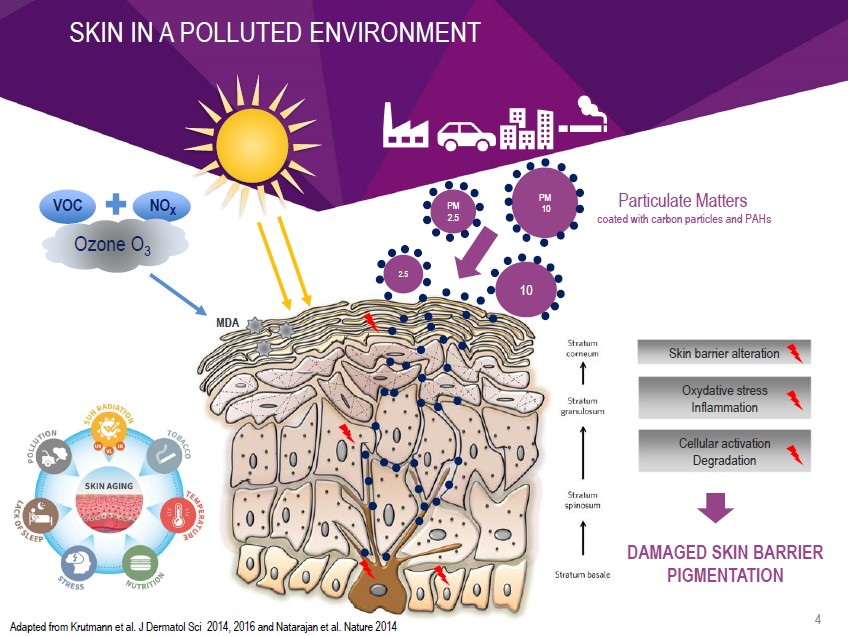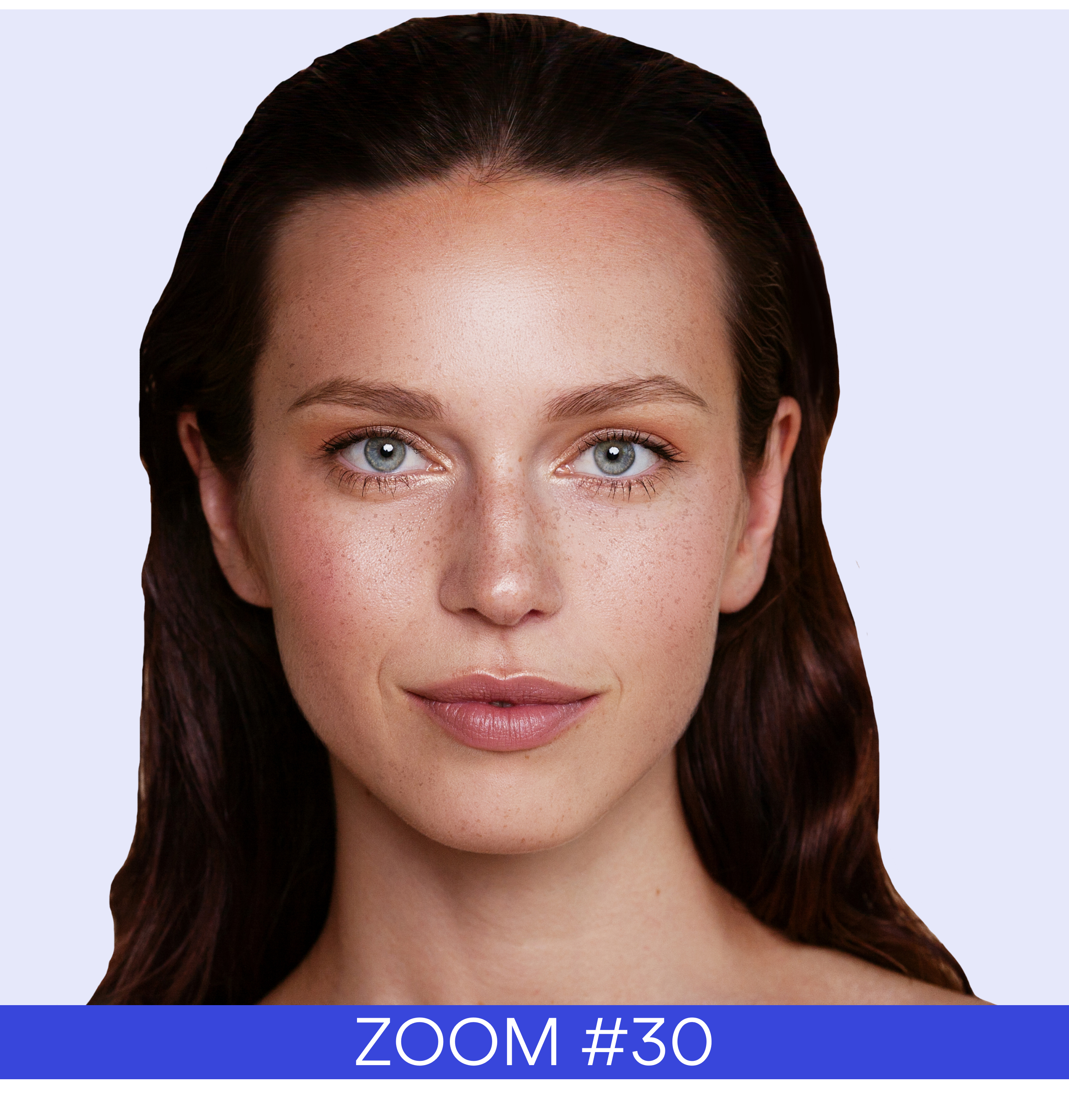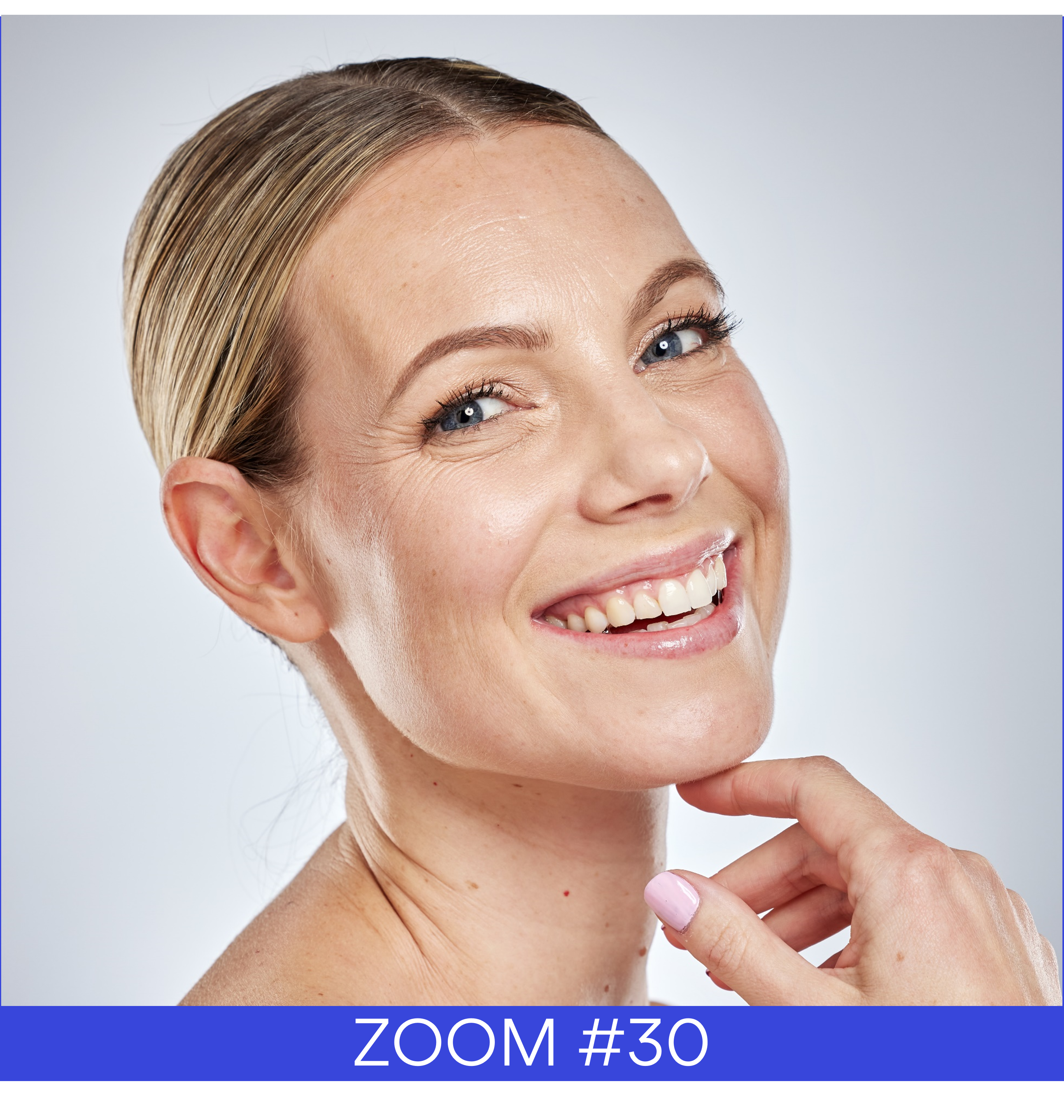In-Cosmetics Global, the leading event in the cosmetic industry, provides an excellent opportunity to suppliers of personal care ingredients to present their latest research and launch new active ingredients. As anti-pollution ingredients are a rising trend this year, Karl Lintner organized a workshop on « The pollution story: really a new trend? ». The workshop was dedicated to the current position of anti-pollution cosmetic active ingredients and products and a welcome occasion for Syntivia to explain how to evaluate anti-pollution claims in vitro and ex vivo.
The increase in demand for anti-pollution cosmetics
Urban pollution is recognized by the World Health Organization as the most important environmental issue in the world. Over 99% of the urban population in China, India and Pakistan is regularly exposed to concentrations of air pollutants that exceed the recommended level. The population in Europe, USA and the rest of the world are now also facing increasing exposure (Euromonitor International, Natural Resources).
The anti-pollution trend started in Asia some 10 years ago and gained momentum over the past 3 years. Between 2011 and 2013, the number of antipollution cosmetics increased by 40% (Mintel). In 2015, antipollution cosmetics represented a market share of 28% in the Asia-Pacific region. One year later, this number reached 38% (Les Echos).
In 2016, anti-pollution cosmetics accounted for 1% of newly launched beauty products worldwide (Mintel). Today, the trend also reaches big European and American cities, which now also face regular pollution peaks. Western consumers are increasingly turning towards cosmetics to not only stop the signs of aging but also to protect against pollutants. Consumers have become increasingly aware of the effects of air pollution on their skin, which stimulates the demand for products that counter this phenomenon and contribute to a healthy appearance.
Anti-pollution research requires constant innovation
Every day, we increase our understanding of skin response to pollution. The cosmetic industry hasn’t yet established any standards to demonstrate the effects of anti-pollution cosmetic ingredients. Indeed, currently, there are no standard tests or calculation methods to define a “Pollution Protection Factor”, contrary to the existing system for solar protection products (Sun Protection Factor).
This may be an asset for the cosmetic market but it also represents a challenge, as research in this field requires constant innovation. Today, companies are at liberty to design their own anti-pollution tests to provide evidence for the activity of their product and find the best way to demonstrate its interest to consumers.
As Syntivia is an external laboratory, we help our customers cover all the phases of their research and development programs. It’s scientifically exciting for our research team to find new targets and identify metabolic pathways in order to demonstrate anti-pollution claims in vitro. In the future, new targets will be defined in order to have a broader spectrum of biomarkers to support this claim.
Syntivia is currently working on the development of new test models to demonstrate the anti-pollution effect of cosmetic ingredients and products. Don’t hesitate to contact them for more information.
contact
SYNTIVIA S.A.S.
Centre Pierre Potier
1 Place Pierre Potier –
Oncopôle – Entrée B
BP50624 –
31106 Toulouse Cedex 1
FRANCE
Tel : +33 974 770 660










 Follow us on Linkedin!
Follow us on Linkedin!
You must be logged in to post a comment.